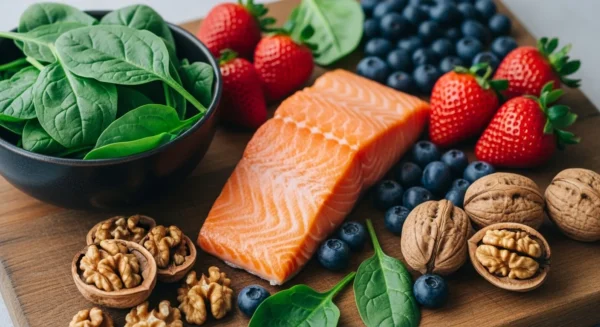
Understanding the Financial Basics of Grocery Savings
Before we dive into specific tips, it’s important to understand a few fundamental concepts that form the bedrock of smart grocery shopping. Mastering these basics will give you the confidence to make cost-effective decisions in every aisle.
The Power of a Grocery Budget
A budget is simply a plan for your money. Without one, it’s nearly impossible to know if you’re overspending. Creating a grocery budget is your first and most critical step. Start by looking at your bank or credit card statements from the past two or three months to see what you typically spend on groceries. Let’s say you average $450 per month.
Is that number comfortable for you? If not, decide on a realistic goal. Maybe you want to reduce it by 15%, which would be a savings of about $67. Your new monthly budget would be $383, or about $95 per week. Knowing this number before you shop transforms your mindset. Instead of aimlessly filling your cart, you now have a clear target to hit, which guides every decision you make in the store.
Unit Pricing: Your Secret Shopping Weapon
Have you ever noticed the smaller numbers on the price tag on the shelf? That’s the unit price, and it’s one of the most powerful budgeting tips for shoppers. The unit price breaks down the cost of an item into a standard unit of measurement, like per ounce, per pound, or per sheet. This allows you to make a true apples-to-apples comparison between different sizes and brands.
Here’s a simple example:
- A 16-ounce box of Brand A cereal costs $4.00. The unit price is $0.25 per ounce ($4.00 / 16 oz).
- A larger, 24-ounce box of the same Brand A cereal costs $5.40. The unit price is $0.225 per ounce ($5.40 / 24 oz).
Even though the second box has a higher sticker price, its unit price is lower, making it the better value. Always check the unit price, especially on items like coffee, paper towels, pasta, and cheese. It removes the guesswork and ensures you’re getting the most for your money.
Beware of “Shrinkflation”
Inflation is when prices go up. You’ve likely noticed this across the board. But a sneakier cousin of inflation is “shrinkflation.” This is when manufacturers reduce the size or quantity of a product while keeping the price the same. Your favorite bag of chips might look the same, but it may contain 10% fewer chips than it did last year. A roll of paper towels might have fewer sheets. This is another reason why paying attention to the unit price is so crucial. It helps you spot these subtle changes and ensures you’re still getting a fair deal.















